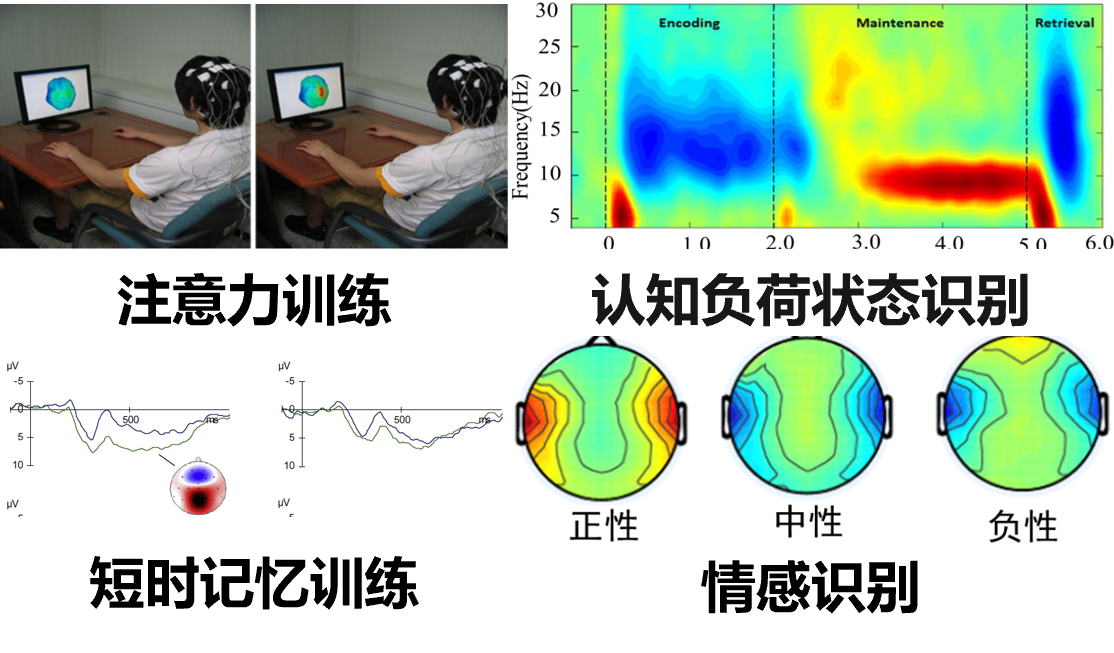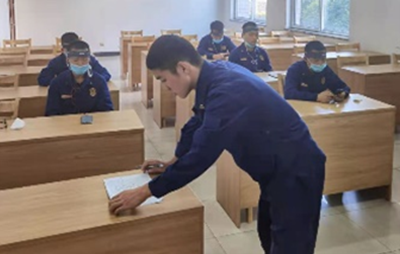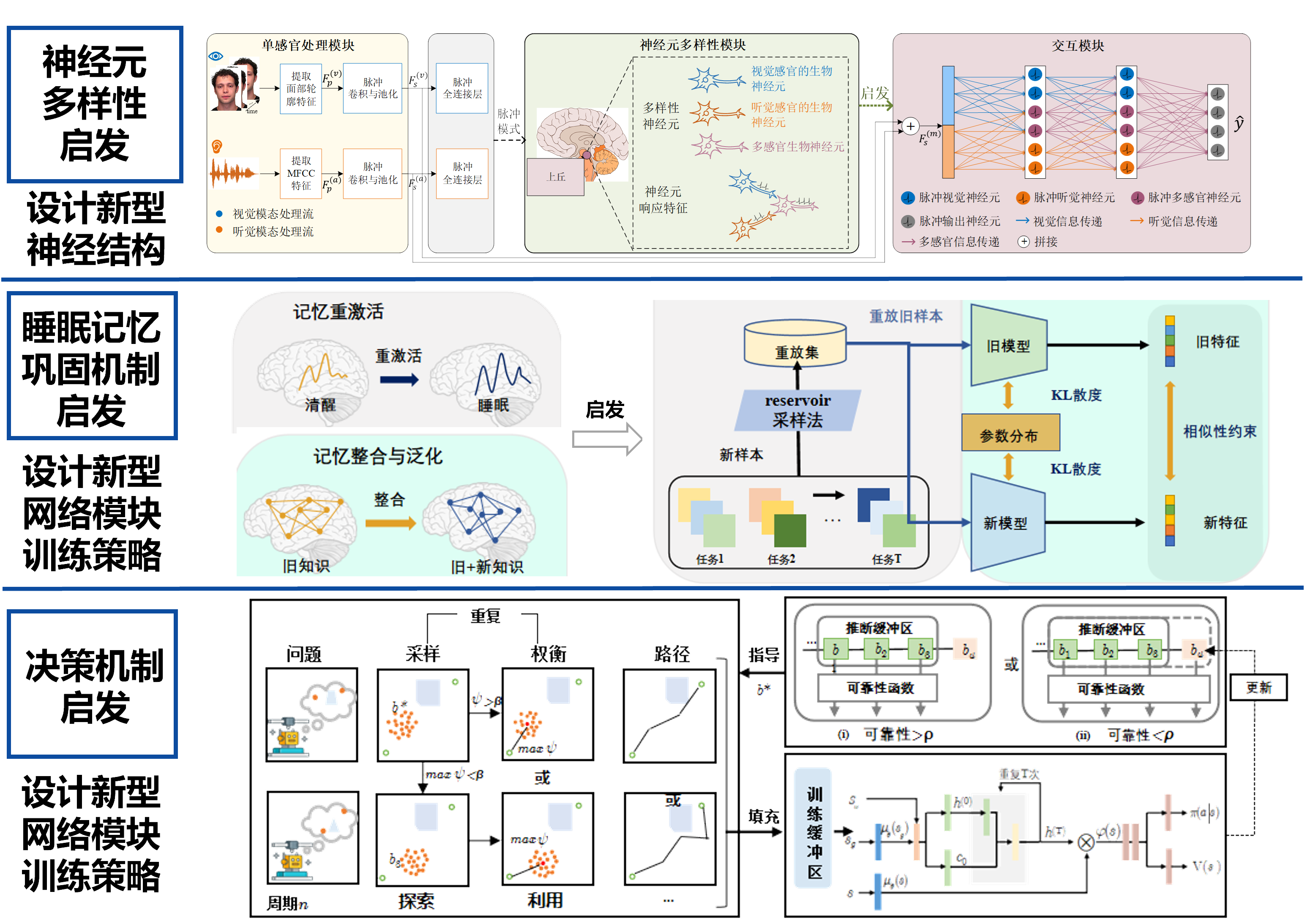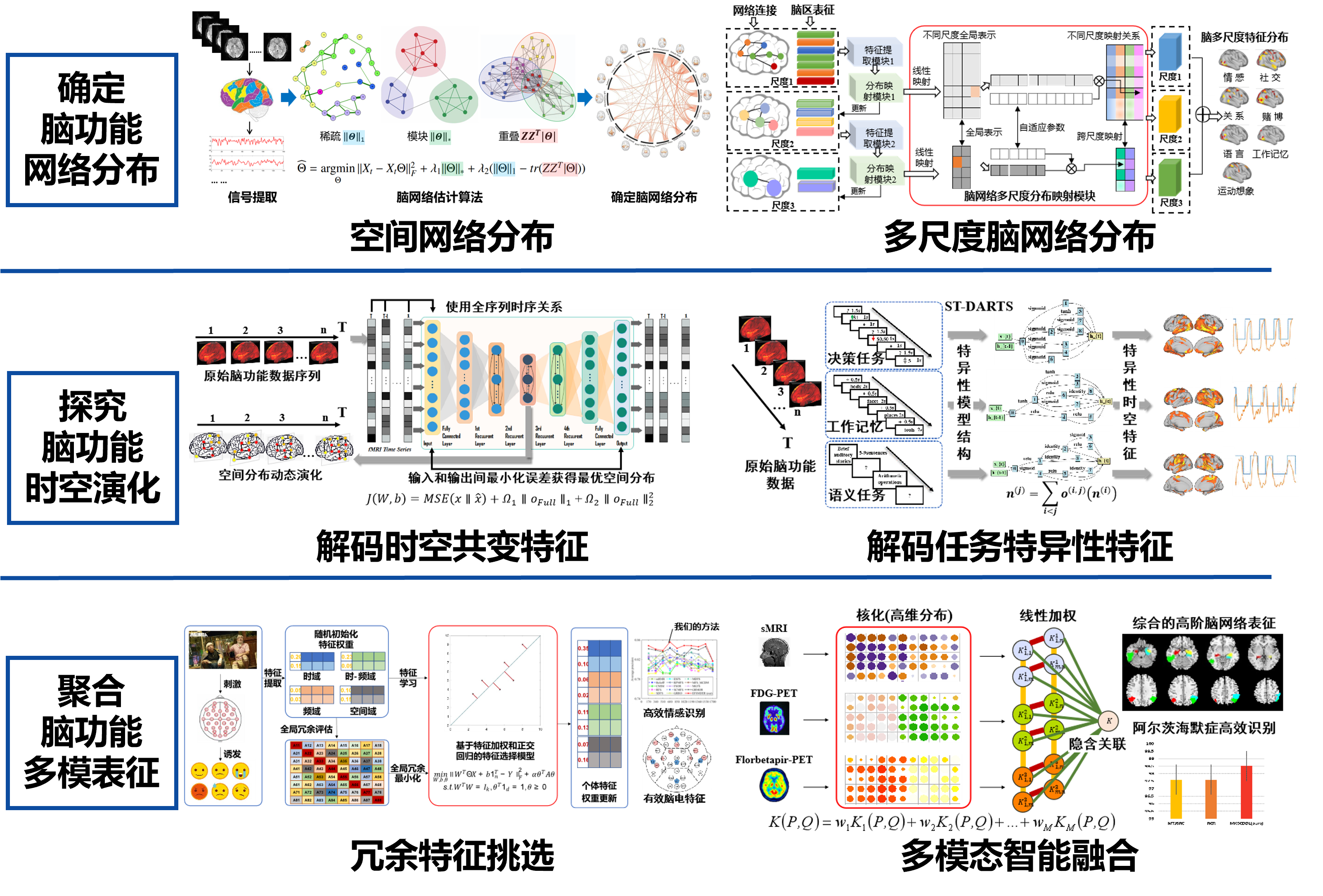Capture brain signals and convert them into electrical signals to achieve information transmission and control
Enabling industrial manufacturing, establishing cross-task algorithms for brain state monitoring of construction personnel; enabling military aviation, establishing cross-subject algorithms for cognitive assessment of firefighters; enabling healthcare and health, establishing cross-site algorithms for auxiliary diagnosis of brain diseases.

1.1 Empower national infrastructure
Based on brain-computer interface technology and feature selection algorithms, a digital personnel safety supervision management system is established to monitor and warn the brain states such as concentration and fatigue of construction personnel for key national projects.
1.2 Empower healthcare
Collaborating with multiple hospitals including Tiantan Hospital and Xuanwu Hospital, quickly extracting functional neurology biomarkers, empowering multiple auxiliary diagnosis platforms, and currently serving as an auxiliary diagnostic tool for nearly ten thousand patients' diseases.
1.3 Empower national defense
The laboratory undertakes projects for units such as the Commission of Science and Technology of the Central Military Commission, applies the brain function operation mechanism to the selection and assessment of special position talents, and has served thousands of pilots and firefighters. The system has served thousands of firefighters in many provinces of our country, with an accuracy rate of cognitive state recognition ≥90% and an accuracy rate of state warning ≥99%.


